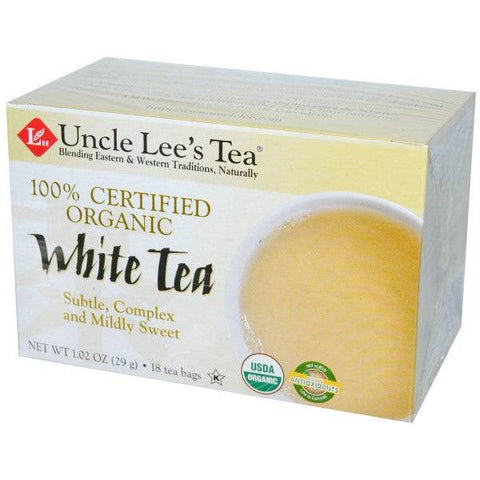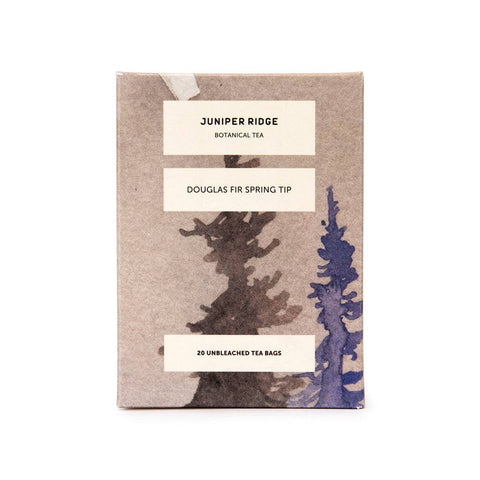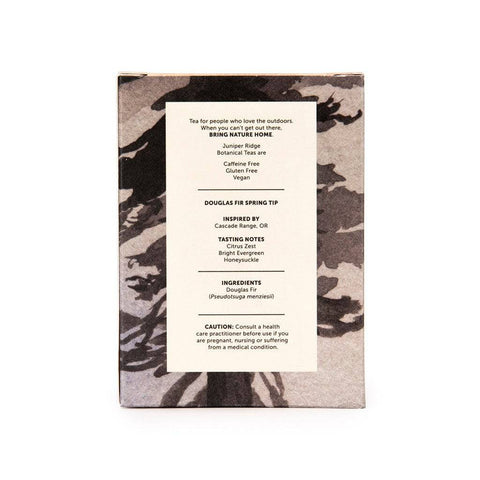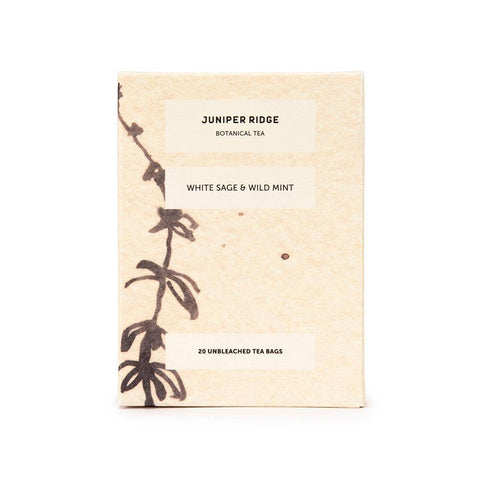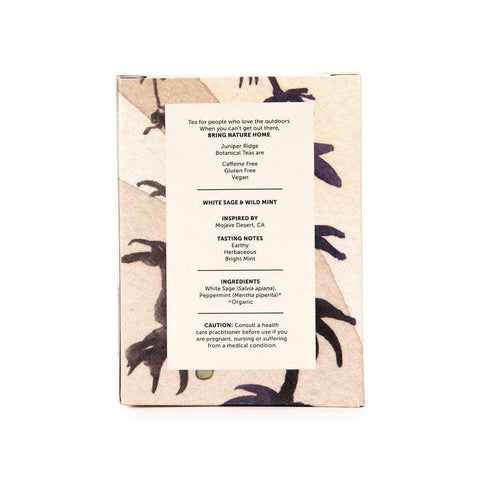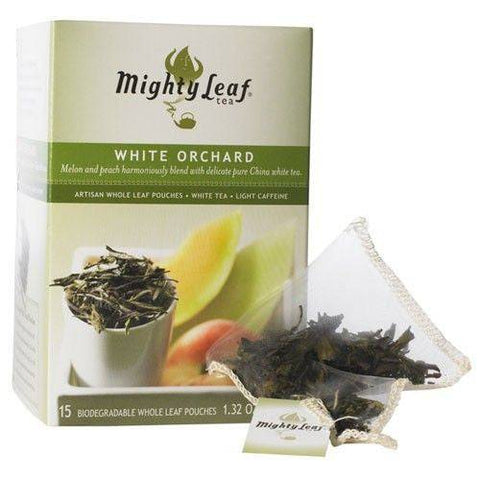White tea offers a variety of products to cater to different preferences. Here's a breakdown focusing on the key aspects:
Types and Varieties:
- Silver Needle (Bai Hao Yinzhen): Considered the pinnacle of white tea, it boasts unopened silvery-white buds with a light, delicate flavor and floral notes.
- White Peony (Bai Hao Yinhao): Made with young buds and a few open leaves, it offers a slightly more robust taste than Silver Needle, featuring hints of honey and melon.
- Long Life Eyebrow (Shou Mei): This minimally processed type uses larger, mature leaves, resulting in an earthy flavor with notes of hay and stone fruits.
- Tribute Eyebrow (Gong Mei): Similar to White Peony but with slightly more open leaves, it delivers a well-rounded taste.
- Organic White Tea: This variety prioritizes sustainable farming practices, ensuring a pure and natural product.
Taste and Aroma:
White tea is known for its:
- Delicate and Subtle Flavors: Often described as floral, fruity, light, sweet, and mellow.
- Fresh and Smooth Mouthfeel: Not astringent or bitter.
- Fragrant Aroma: Pleasant and inviting.
Preparation and Serving:
- Brewing: White tea requires a gentle brewing process.
- Steeping: Use hot water at a lower temperature (170-180°F) and a shorter steeping time (2-3 minutes) to avoid bitterness.
- Infusion: The resulting liquid is light and delicate.
- Temperature: The ideal steeping temperature depends on the specific white tea variety.
- Teapot or Infuser: Both work well for brewing loose leaf white tea.
- Tea Ceremony: White tea can be enjoyed in a traditional tea ceremony for a mindful and elegant experience.
- First Flush: White tea harvested early in the season (first flush) is often considered the highest quality.
Packaging and Presentation:
White tea comes in various packaging options:
- Loose Leaf: Offers the purest form and allows for easy customization during brewing.
- White Tea Bags: Convenient for individual servings.
- Tins and Canisters: Ideal for storing loose leaf tea to preserve freshness and aroma.
- Pouches and Sachets: Portable options for on-the-go enjoyment.
- Luxury Packaging: White tea is sometimes presented in elegant tins or gift sets, making it a beautiful gift.
Characteristics and Quality:
Look for these qualities in your white tea:
- Premium and High-grade: Signifies the use of superior tea leaves.
- Pure and Authentic: Ensures minimal processing and no artificial additives.
- Artisanal: May indicate a small-batch, handcrafted approach.
- Freshness: Essential for optimal taste and aroma.
By understanding the types, taste profile, brewing methods, and packaging options, you can choose the white tea product that best suits your preferences.


